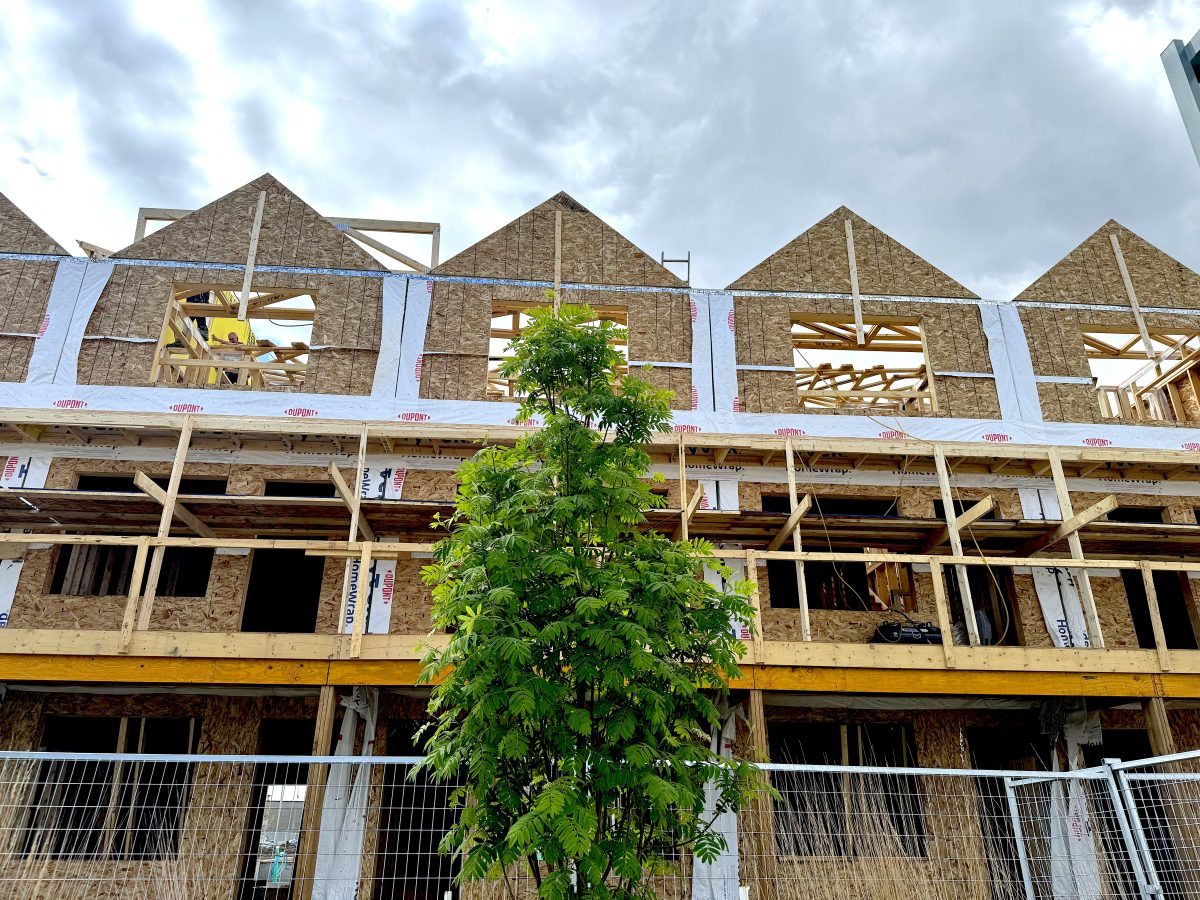Three years ago, Culling and his family moved to a townhouse in Blatchford, the growing sustainable community nestled between Edmonton’s NAIT campus and Kingsway Avenue
The experience has reinforced Culling’s belief about sustainability: put the right pieces into place and you won’t need to worry. Your daily habits won’t really need to change.
Edmonton’s population is projected to grow by another 110,000 people by 2026, a mix of natural growth and migration from domestic and international sources. Many new Edmontonians will be drawn by economic opportunities and its housing affordability relative to other Canadian cities.
That growth is poised to transform Edmonton. How seamlessly it happens will depend on planning and investments, or putting things in the right place on a city-wide scale.
“Edmonton is growing, and growing incredibly quickly,” said Anne Stevenson, councillor for Ward O’Daymin. “We need all the solutions on the table to build the housing Edmontonians need.”

Stevenson sees an opportunity in central neighbourhoods. After decades of population stagnation or decline, Edmonton’s mature neighbourhoods are seeing an influx of garden suites, townhomes, multi-family homes and mixed-use towers.
It’s harder to build up than it is to build out. Infill presents more infrastructure hurdles than growth on the city’s margins. That’s why Stevenson is excited about the Housing Accelerator Fund, a three-year $175-million federal investment that will help the City support infrastructure to kickstart housing types at a pace that wouldn’t happen if left to market forces alone.
The potential is tantalizing. More multi-family options near established parks and schools. More non-market affordable housing to reduce the strain experienced by newcomers, single-parent families, seniors and people with limited mobility. And by prioritizing growth along major corridors, transit ridership can continue to grow, supporting investments from all levels of government.
Stevenson believes there are multiple upsides for Edmontonians, regardless of where they live. Economic investments and associated spinoffs. More housing supply to keep costs within reach. Lower per capita service costs, which strengthen the City’s ability to provide essential services throughout Edmonton. An influx of new residents to bolster school attendance, support local restaurants and coffee shops.
“There will be more people, which will give it a different feel,” said Culling. ”That local coffee shop, those quirky places, that yoga studio you might want to go to. They all need people.”
Culling currently takes the train to his job at the University of Alberta’s Enterprise Square campus. When he comes home, he’s got restaurants, a grocery store, a pharmacy and a neighbourhood pub within walking distance. Added density will only add to the amenities throughout the Kingsway area.